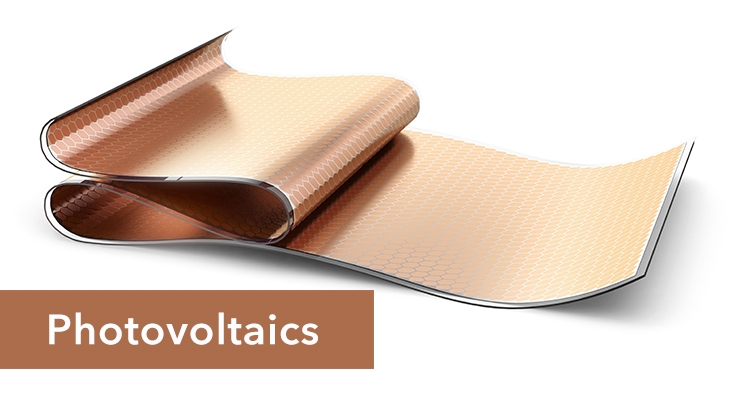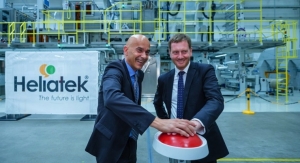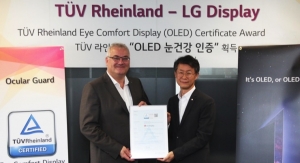10.22.19
Heliatek announced that its award-winning technology has been certified by TÜV Rheinland in a Life Cycle Assessment to have a carbon footprint of less than 16 kg CO2e/m2.
Heliatek has developed industrial-grade organic solar films for virtually any surface of any building, thereby delivering energy solutions that make a significant contribution to avoiding greenhouse gas emissions.
Heliatek’s organic solar films already save the CO2e (CO2 equivalent) generated through its entire life cycle from production to its disposal after less than three months.
“The unique composition of our organic solar films with non-toxic materials and the PET-based protection films will even make disposal hassle-free and environmentally friendly at the same time,” said Guido van Tartwijk, CEO of Heliatek.
To compare the carbon footprint with other solar technologies, all results need to be converted to g CO2e/kWh to reflect the electricity generation over a lifetime depending on a specific location. For South Europe, HeliaSol has a carbon footprint of 5-7 g CO2e/kWh (7-9 g CO2e/kWh in Central Europe), which is already beating all other solar technologies.

Standard crystalline silicon modules achieve values of 40-100 g CO2e /kWh depending on their installation location and origin of production.
“With the continuing increase of our solar cell efficiency, we will bring the carbon footprint of our product even further down to become the energy source with the lowest carbon footprint in the world including hydroelectric, wind and solar power. This is a truly green product," said Jan Birnstock, chief technology officer of Heliatek.
Heliatek is currently installing its large-scale production line for itsunique OPV solar films. The line is in the ramp-up phase and will produce organic solar films with an annual capacity of up to 1 million m² from mid-2020.
Heliatek has developed industrial-grade organic solar films for virtually any surface of any building, thereby delivering energy solutions that make a significant contribution to avoiding greenhouse gas emissions.
Heliatek’s organic solar films already save the CO2e (CO2 equivalent) generated through its entire life cycle from production to its disposal after less than three months.
“The unique composition of our organic solar films with non-toxic materials and the PET-based protection films will even make disposal hassle-free and environmentally friendly at the same time,” said Guido van Tartwijk, CEO of Heliatek.
To compare the carbon footprint with other solar technologies, all results need to be converted to g CO2e/kWh to reflect the electricity generation over a lifetime depending on a specific location. For South Europe, HeliaSol has a carbon footprint of 5-7 g CO2e/kWh (7-9 g CO2e/kWh in Central Europe), which is already beating all other solar technologies.

Standard crystalline silicon modules achieve values of 40-100 g CO2e /kWh depending on their installation location and origin of production.
“With the continuing increase of our solar cell efficiency, we will bring the carbon footprint of our product even further down to become the energy source with the lowest carbon footprint in the world including hydroelectric, wind and solar power. This is a truly green product," said Jan Birnstock, chief technology officer of Heliatek.
Heliatek is currently installing its large-scale production line for itsunique OPV solar films. The line is in the ramp-up phase and will produce organic solar films with an annual capacity of up to 1 million m² from mid-2020.























